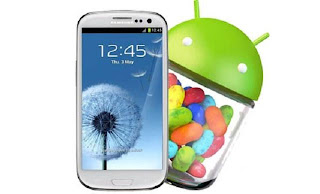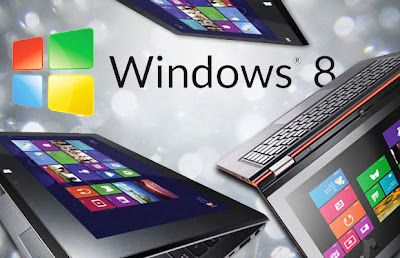The iPhone 5 may only be a few months old, but we're already hearing information about a successor, which may be known as the iPhone 5S.
The early arrival of the iPad 4 and the iPad mini - just eight months after the release of the iPad 3 in March - has meant that Apple still has the ability to surprise and we could well see an iPhone 5S appear earlier than expected.
iPhone 5S release date
That means the iPhone 5S release date could be as early Spring 2013. However, we believe it's still likely that we'll see another iPhone later in 2013.
But that's not what everybody thinks: the Chinese-language Commercial Times estimates that full commercial production of the rumored iPhone 5S will begin as early as Q1 2013. That's borne out by further rumors suggesting a March manufacturing start date, followed by a mid-year release.
Digitimes reckons the iPhone 5S release date will be a little later, citing predicted sales targets of relevant component manufacturers. "Apple is expected to introduce its next-generation iPad and iPhone series around the middle of 2013... Component orders placed by Apple, which climbed to high levels prior to the iPhone 5 rollout, will rise again between March and April, the observers indicated."
iPhone 5S rumors
Some sources claim that Apple has is ploughing ahead with the next iteration of the popular handset, due to low yield rates of the iPhone 5 on the assembly line at Foxconn.
Apparently, because of the fragility of the parts used to make the device, many break before they even see the light of day.
The leaked handset has already been referred to as the iPhone 5S, in keeping with Apple's naming convention for updates to the outward appearance of its iconic device.
iPhone 5S display
iPhone 5S or iPhone 6 will include a Super HD screen display and camera according to new reports in December 2012. The China Times says a 'Touch On Display' panel is being developed by Taiwanese supplier Innolux with 10 point multi-touch and a 0.5mm thickness. Apparently the site spoke to sources inside Apple's supply chain.
iPhone 5S casing
According to further rumours, the iPhone 5S might not be the only Apple handset we see this year - rumours abound about cheaper, plastic iPhones, while Apple could be readying an even bigger smartphone to launch in June, apparently called the iPhone Math.
According to the hit-and-miss China Times wesbite the iPhone Math will carry a sizable 4.8-inch display and an 8MP camera.
The new, larger, lower-cost handset could be aimed at emerging markets such as China.
iPhone 5S camera
In January 2013 iLounge received information that indicated the handset would sport the same design as the iPhone 5 with the key difference being a beefier camera and larger flash on the back.
That's hardly ground breaking upgrades from Apple, with the touted 13MP camera on the 5S hardly bucking the trend considering the Sony Xperia Z already has this and we'd expect the Samsung Galaxy S4 to offer up something similar.
iPhone 5S wireless charging
According to CP Tech, Apple filed a patent application last month for Wireless Power Utilization, a wireless charging system with near-field magnetic resonance (NFMR). That means we'll get wireless charging at last.




 11:12 PM
11:12 PM
 Lecor Martineau
Lecor Martineau

 Posted in
Posted in 






